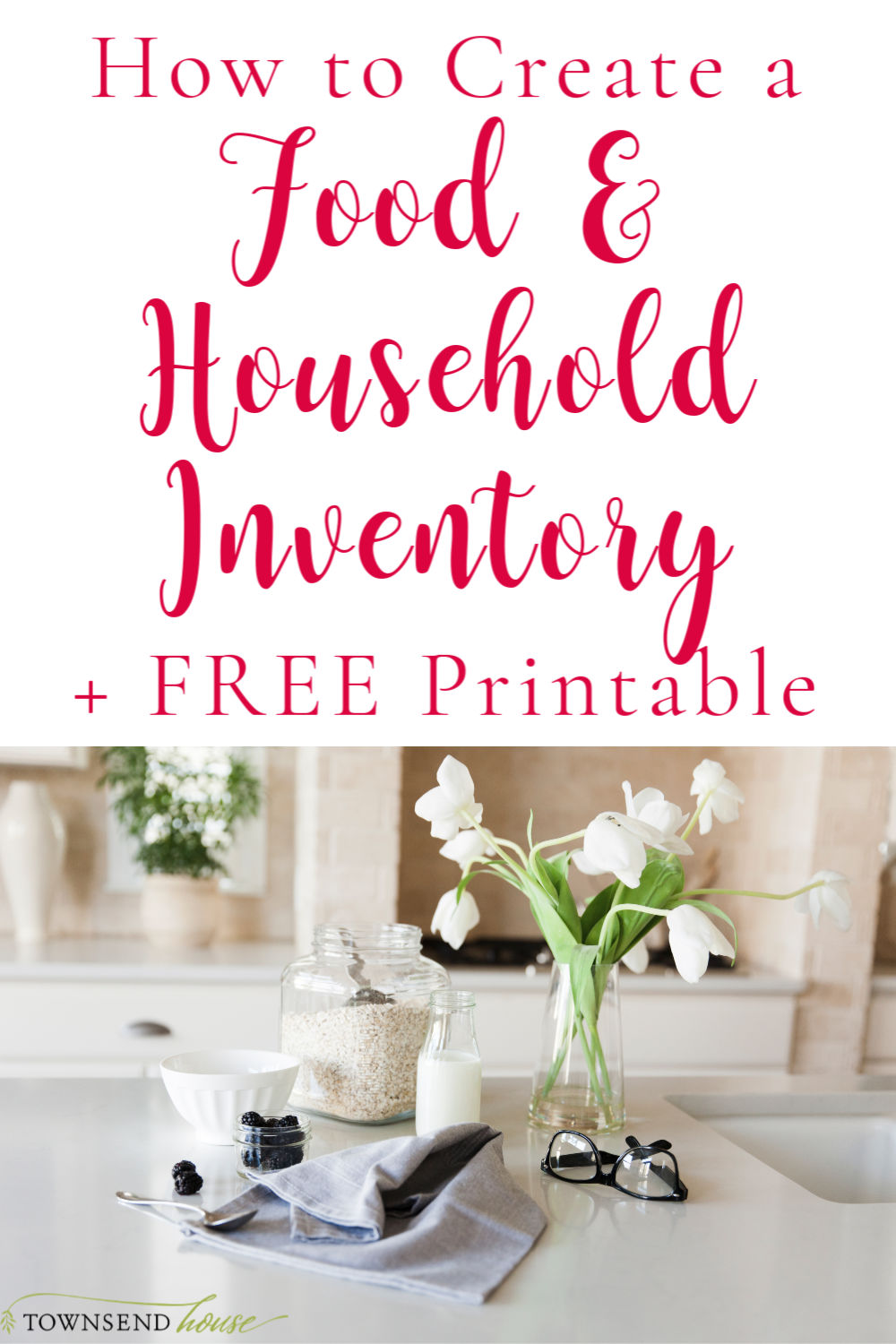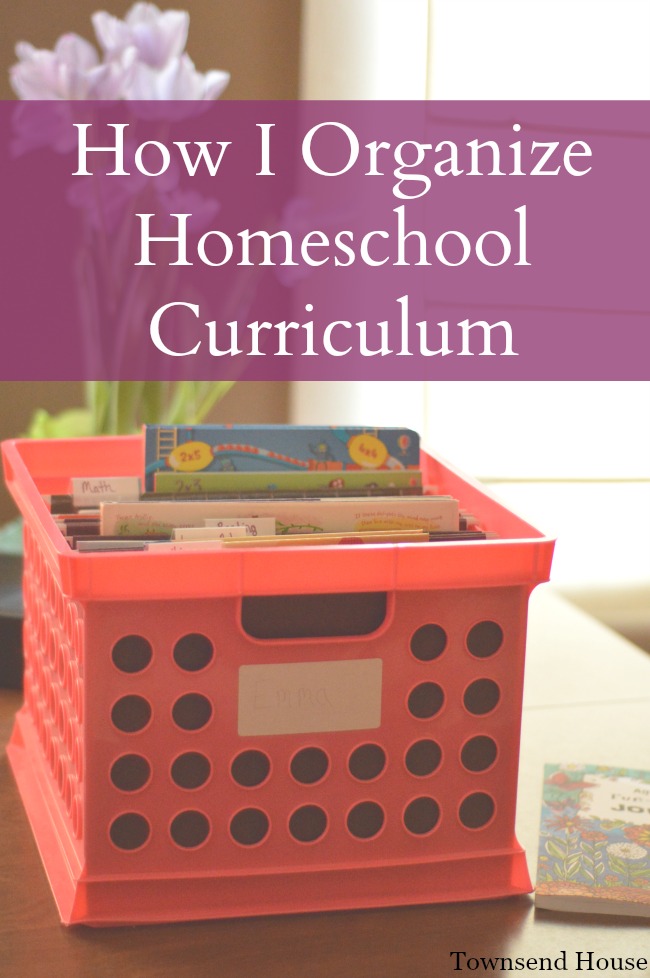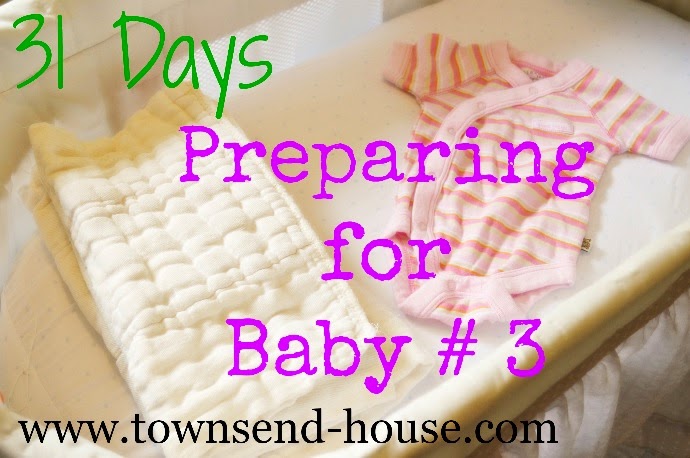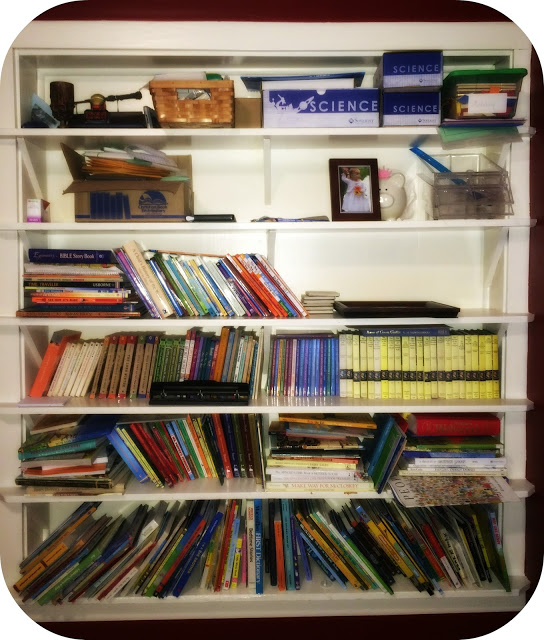How to Create a Food and Household Inventory
Recently, I decided to refresh my food and household inventory. I wanted to write down all the food that we had on hand. Part of that was because we just moved, and I needed to know what we had (spices, we only had spices) and what we needed (everything else).
Soon after, we began to see shortages of some basic items that we were used to easily getting. Things like milk, bread and toilet paper were hard to find. In fact, I had to go to several stores over a couple of days in order to buy milk. That isn’t something that we have faced before, not being able to find the food or household items that we need.
It was then that I realized how important it is to keep track of what we have.
Click the picture below to grab your FREE Food Inventory Printable!
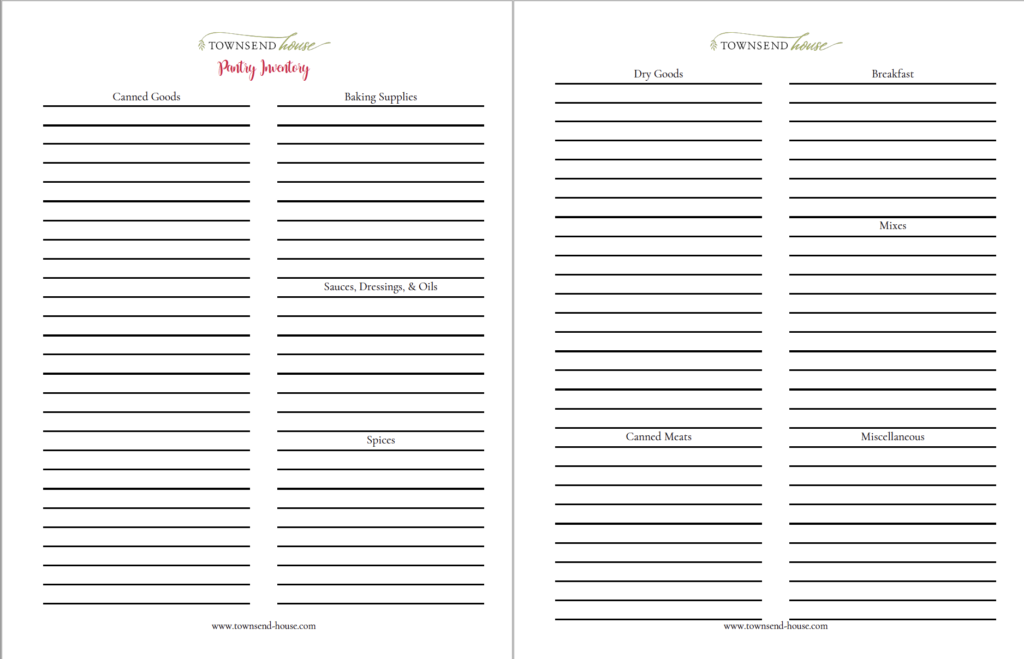
What is a food and household inventory?
Essentially an inventory is a list of items and the amount of each item you have. A food inventory would list all of your food items on hand, and a household inventory would be all of your cleaning supplies and general household supplies. There is a case for keeping a home inventory of all of your personal items (computers, clothing, other electronics), but for our purposes today we will be focusing on food and household items.
Why would you keep a food and household inventory?
The reason is simple, to keep track of what you have in your home, and to make sure that you use what you have before purchasing new items.
This would keep you on track with your budget, as well as with not overbuying items. I know I have the habit of buying something, stuffing it on a shelf in a basket, and then not realizing I still have it when I need it. Then what happens? I go out and purchase a new one without using the old one first.
Saving money right now is a prime concern for us. Not only due to the current world pandemic, but also because we just moved into a brand new home. There are some things that we still need to purchase, and saving any amount of money now is extremely important.
Using what you have first
When you create a food and household inventory, that is what you turn to when making a meal plan. There is an order, if you are trying to save money. Eat what is fresh first, frozen second, then canned and dried goods last. But, in general, it is a good practice to know what you keep on hand. This allows easier meal planning.
I am notoriously bad at meal planning. The reason? I enjoy cooking. This means that when it comes time for me to make dinner, if what is on the list is something I am not really feeling in the moment, I try to make something else instead. This really messes with meal planning in my world.
What works better for me is to have a list of meals that I can usually make with what I have on hand – swapping out veggies and meat for what is in my fridge at the moment. This takes a lot of pressure off of meal planning for me. I know that at any given moment I can make some sort of soup or chili, some sort of egg dish, a casserole, burritos, it is all usually possible with what I have on hand.
Enter your e-mail address below to grab the FREE Food and Household Inventory Printable I made for you!
Food Prep vs. Meal Planning
This leads me to food prep vs. meal planning. We have already established meal planning doesn’t work out all that well for me. And to be honest, because I see so many articles about how to meal plan, I would imagine it is difficult for most people out there! Instead of meal planning for the week, I instead food prep for the week.
What does this look like? I will try and get all of my food ready for the week at the beginning of the week. This makes it easier to throw together meals at the last minute. That can be things like cooking beans (I always buy dry beans instead of canned), making bread or bagels to have on hand, cutting up veggies, cooking grains, grating cheese etc.
Food Inventory Basics
But, food prep starts with a food inventory. You do not need to keep track of every piece of fruit on your counter or type of vegetable in your fridge. This is more about pantry staples. How many jars of salsa to you have? Do you have any dry beans? Rice? Cereal (oatmeal or other types)? Do you have salad dressing that you can use for a marinade for meat? What about flour and sugar? Are those items you use frequently and would want to keep track of?
The first thing you will do is go through and make a list of everything that you have in your pantry. You can either write it all in one long list, or you can use this printable to help you organize it. Once you have your list, you will want to categorize things. You can put sauces and dressings in one category, dry beans and grains in another category. Flour, sugar and other baking supplies in another category. You see how this goes, right?
You can organize it any way that makes the most sense to you. Then as far as how many items you have for each thing, you can put a tally mark next to the amount. For example:
- BBQ Sauce (jars) – | |
- Crushed Tomatoes (cans) –
| | | | - Salad Dressing (bottles) – | |
- Black Beans (lbs) – | | |
And so on. I use a pencil to write my tally marks so that they can easily be erased when I update my inventory.
Updating Your Food and Household Inventory
The most important part about a food and household inventory is that you update it. It would make no sense for you to go through the initial work of creating the inventory and then not keeping it up to date.
You could do this in a number of ways. What I find the easiest is to cross off things as I take them out of the pantry. If I grab a new bottle of salad dressing, I would erase one of the tally marks. Yes, most likely that salad dressing will not be used up in one day, but it shows me that I am down one salad dressing in my pantry.
This post includes affiliate links. If you click on one of these links and make a subsequent purchase I may receive a commission. Read Disclosure.
You could even laminate this sheet and use a dry erase marker to keep track of it.
If you are trying to keep your pantry levels pretty steady, when you erase that tally mark you will know that you need to put one bottle of salad dressing on your grocery list for the next time you make a run to the store.
Where do you keep a Food and Household Inventory?
There are a few different options for this. One is in a home binder. You can keep a master list of everything in your home binder. Another, more common option, is to keep your inventory near your food. So a pantry inventory would go on the door of your pantry, a freezer inventory would go on the door of your freezer, a household inventory would go near your cleaning closet – or whatever you use for cleaning.
I keep my inventories in both places. I like to be able to keep track of what is available both in the moment (as in the pantry door), but also long term in my binder. It has a master list of all the things that we use and need, and I like to keep it in both places. I will update the one that is on the pantry door immediately when I take out the item, but then weekly I will update my master inventory.
This helps me see the big picture and what we are eating and using. I am a planner at heart, and these types of organizational tools help me be a better steward of what we have, as well as keep me on budget. When I can look at the big picture of what we are using in a week or a month or a year, it is easier for me to see trends on what I can do differently to save money.
The Bottom Line
Keeping a food and household inventory is going to help you to save money as well as help you plan what you need to use, and when you need to replace it. This is a great practice to start right now with all of the uncertainty in the country.
In the long term it will help you to save money because instead of buying whatever you see on the shelves, you will purchase what you know you need and use. It is fine if you want to purchase fish sauce for a pad thai recipe, but if your family never eats pad thai, you probably don’t need 3 bottles of it.
Do you keep track of the food and household items in your home? Don’t forget to grab you FREE PRINTABLE
